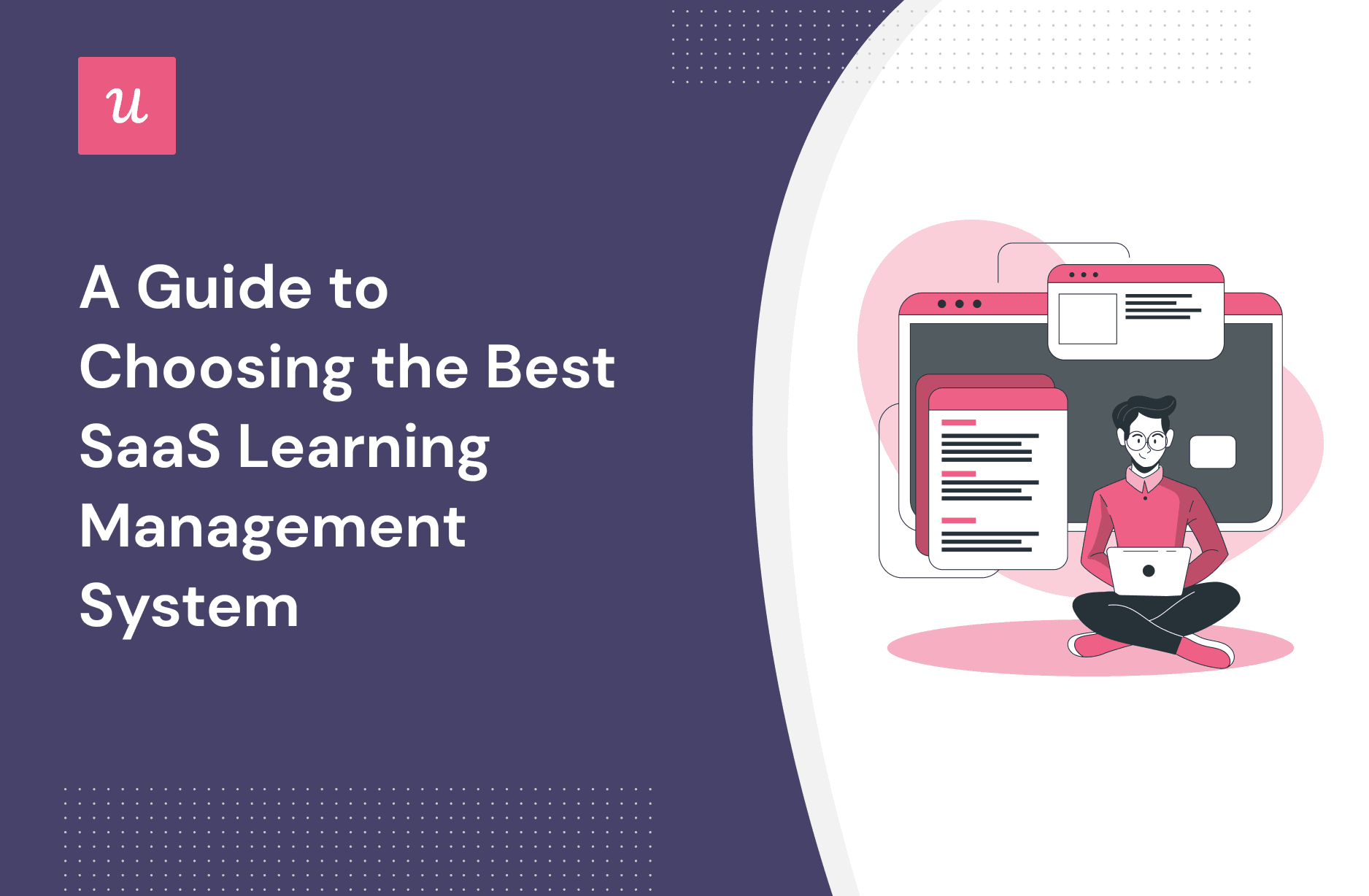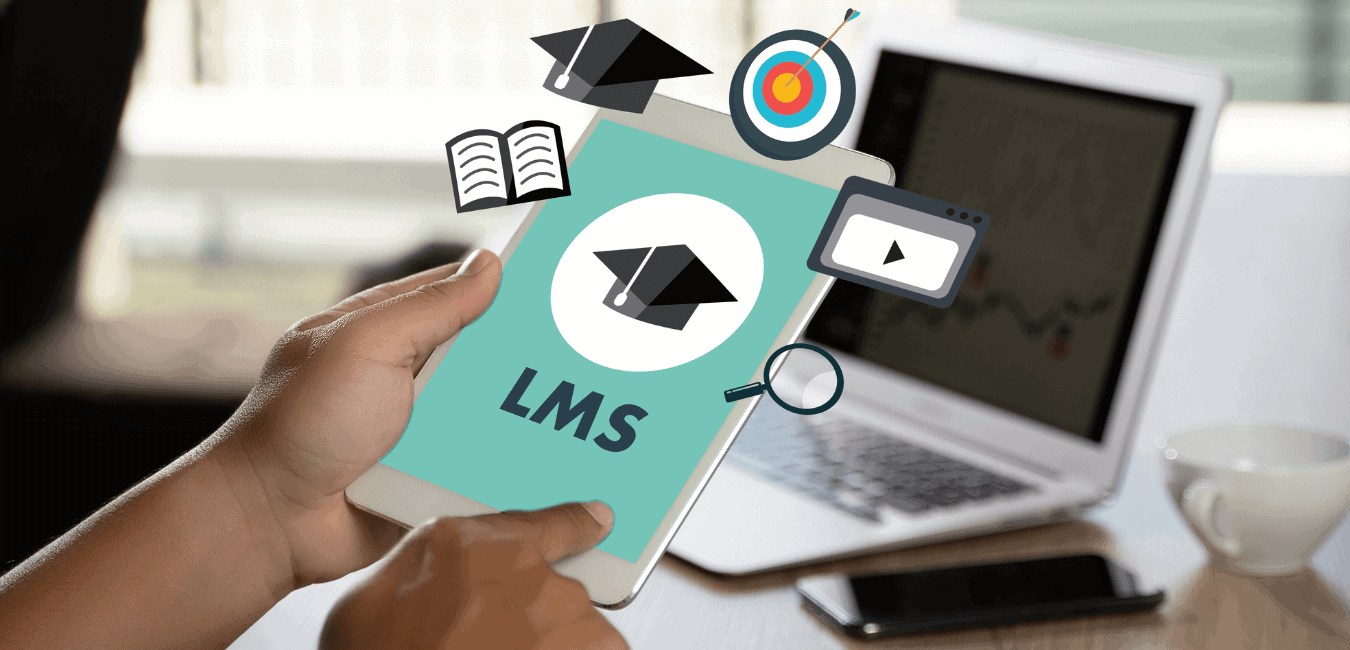Streamline Education And Learning With a Leading Learning Monitoring System
In the ever-evolving landscape of education, the fostering of a leading Knowing Administration System (LMS) provides a pivotal possibility to enhance processes and enhance both teaching and discovering experiences. By providing and automating management jobs customized learning courses, an effective LMS not only assists in far better interaction yet also cultivates an environment favorable to collaboration and inclusivity.
Advantages of a Learning Administration System
An Understanding Administration System (LMS) provides various advantages that can substantially enhance the academic experience for both educators and learners. Mainly, an LMS helps with streamlined training course administration, allowing teachers to take care of program products, track learner development, and analyze efficiency efficiently. This automation minimizes the administrative burden on instructors, enabling them to concentrate more on teaching and pupil interaction.
Additionally, LMS platforms sustain individualized understanding paths, accommodating diverse discovering designs and rates. This versatility promotes an extra inclusive setting, enabling students to accessibility sources that best fit their demands. In addition, the access of an LMS allows students to engage with course content anytime and anywhere, promoting self-directed knowing and fitting numerous timetables.
One more significant benefit is the enhanced collaboration chances an LMS provides. Discussion forums, team projects, and peer evaluations motivate interaction among learners, improving their understanding with shared perspectives. Additionally, the information analytics features of an LMS allow educators to obtain understandings right into learner interaction and efficiency, notifying educational strategies and treatments.
Secret Functions to Look For

Next, robust coverage and analytics abilities supply useful understandings right into learner development and engagement, permitting teachers to make data-driven choices. Assimilation with various other tools, such as content authoring software application and communication platforms, is additionally vital for enhancing performance and simplifying operations.
Scalability is an additional crucial feature, making certain that the LMS can expand alongside the institution's requirements, fitting an enhancing variety of users and web content. Furthermore, mobile compatibility is important in today's electronic landscape, making it possible for students to accessibility educational products on numerous tools.
Last but not least, solid safety and security steps must be in area to shield delicate details and preserve conformity with educational policies. By prioritizing these essential functions, organizations can select an LMS that sustains efficient mentor and discovering outcomes, ultimately enhancing the educational experience for all stakeholders involved.

Enhancing Trainee Involvement
Student involvement is a critical element in the success of any kind of curriculum, as it directly affects finding out results and retention rates. A durable Understanding Monitoring System (LMS) can play an essential duty in enhancing pupil involvement with different cutting-edge attributes.

Moreover, personalized discovering paths enable students to advance at their very own speed, dealing with private understanding styles and choices. This adaptability not only cultivates a sense of possession over their understanding journey yet also maintains pupils invested and inspired.
In addition, real-time feedback systems make it possible for teachers to check student efficiency and offer timely assistance, more enhancing the discovering experience.
Execution Techniques for Organizations
Effective implementation of a Discovering Monitoring System (LMS) requires institutions to embrace a critical approach that aligns innovation with instructional objectives. To attain this, institutions ought to begin by carrying out a thorough requirements evaluation to determine certain needs, making certain that the LMS will effectively attend to obstacles encountered in training and understanding.
Following, interesting stakeholders-- professors, managers, and pupils-- is critical go for cultivating a society of cooperation and assistance. Educating sessions must be organized to furnish individuals with the needed skills to take advantage of the LMS successfully. Furthermore, organizations should assign sufficient sources, consisting of time and budget plan, to assist in a smooth shift and continuous upkeep.
Moreover, producing a phased rollout plan can assist alleviate possible disruptions. Institutions can start with pilot programs to examine capability and gather responses before major execution. Continual evaluation and adaptation of the LMS based upon customer experience will this even more boost its performance.
Finally, it is vital to communicate a clear vision of just how the LMS supports pedagogical techniques, thus motivating buy-in from all celebrations involved. By complying with these techniques, institutions can make certain a successful LMS execution that eventually enhances the instructional experience.
Determining Success and End Results
Measuring the success and results of an Understanding Administration System (LMS) is crucial for determining its effect on training and knowing. This procedure entails the collection and evaluation of qualitative and quantitative information to evaluate the effectiveness of the LMS in accomplishing instructional objectives. Key efficiency indications (KPIs) such as pupil engagement rates, program completion prices, and analysis ratings provide essential understandings into user interaction and discovering results.
Moreover, studies and responses devices can record the experiences of both educators and students, providing useful viewpoints on use, content significance, and total complete satisfaction. By triangulating these data sources, organizations can determine toughness and locations for renovation within the LMS framework.
Additionally, aligning LMS metrics with institutional objectives improves responsibility and sustains critical preparation (Singapore LMS). For circumstances, tracking retention prices and post-course efficiency can notify curriculum modifications and resource allowance. Eventually, a systematic click to read more approach to measuring success and results not only makes certain continuous renovation of the LMS yet additionally fosters a culture of data-driven decision-making. This dedication to evaluation equips schools to boost their training techniques and maximize student experiences successfully.
Conclusion
The combination of a leading Learning Administration System (LMS) significantly improves instructional experiences by automating administrative jobs and providing tailored knowing possibilities. By fostering partnership and inclusivity, an effective LMS not only boosts student interaction but likewise drives far better knowing end results. Institutions need to focus on the selection and application of an LMS that straightens with their goals, guaranteeing durable analytics and interactive web content are utilized to determine success and continually boost the educational atmosphere.
An Understanding Management System (LMS) provides many benefits that can significantly enhance the academic experience for both educators and learners.Furthermore, LMS platforms sustain tailored learning paths, accommodating diverse understanding styles and speeds.Measuring the success and results of a Knowing Administration System (LMS) is essential for determining its impact on teaching and knowing.The integration of a leading Knowing Management System (LMS) substantially improves academic experiences by automating administrative tasks and providing personalized learning possibilities. By cultivating cooperation and inclusivity, an efficient LMS not only improves student involvement yet likewise drives better learning end results.